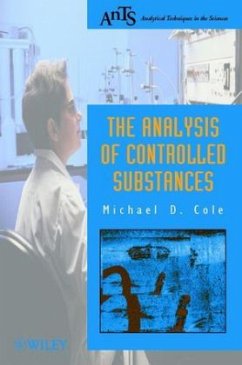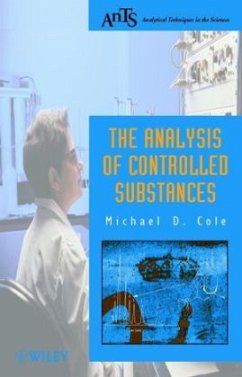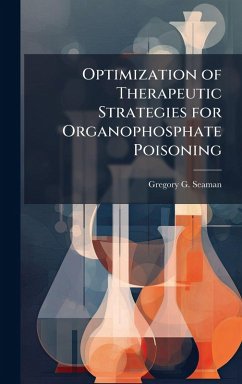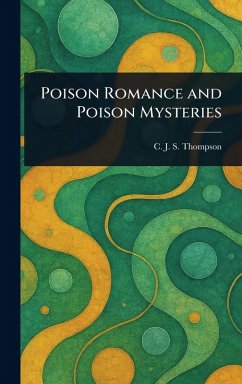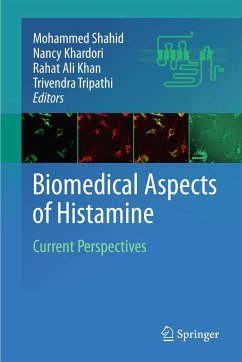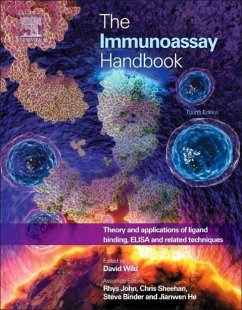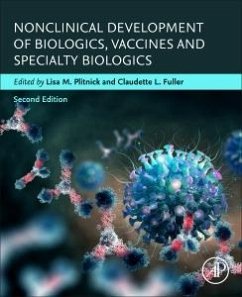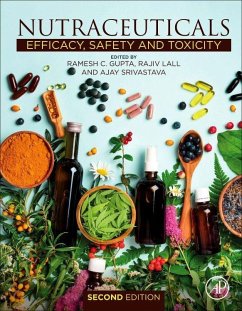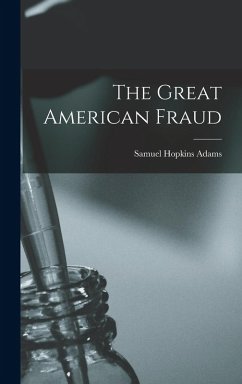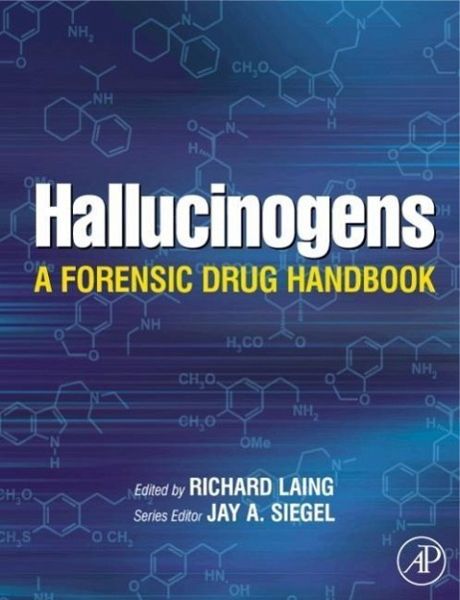
Hallucinogens
A Forensic Drug Handbook
Herausgeber: Laing, Richard; Siegel, Jay A
Versandkostenfrei!
Versandfertig in über 4 Wochen
133,99 €
inkl. MwSt.

PAYBACK Punkte
67 °P sammeln!
Hallucinogens: A Forensic Drug Handbook is a comprehensive reference for everyone involved in the identification, investigation, and forensic analysis of hallucinogenic drugs. The text begins with a review of the history of these drugs and their abuse, and then takes an in-depth look at the many different types of hallucinogens, their chemical make-up, how they affect users, how they are manufactured and distributed, and how they can be detected and analyzed. Hallucinogens covers the most commonly abused drugs such as LSD, MDMA ("Ecstasy"), and PCP ("Angel Dust"), as well as many lesser-known ...
Hallucinogens: A Forensic Drug Handbook is a comprehensive reference for everyone involved in the identification, investigation, and forensic analysis of hallucinogenic drugs. The text begins with a review of the history of these drugs and their abuse, and then takes an in-depth look at the many different types of hallucinogens, their chemical make-up, how they affect users, how they are manufactured and distributed, and how they can be detected and analyzed. Hallucinogens covers the most commonly abused drugs such as LSD, MDMA ("Ecstasy"), and PCP ("Angel Dust"), as well as many lesser-known chemical substances that cause similar effects. Chapters have been contributed by leading analysts and investigators around the world, and are highlighted with numerous illustrations. This unique handbook will serve is a cross-disciplinary source of information for forensic toxicologists, law enforcement officers, and others involved in the fight against drugs.



